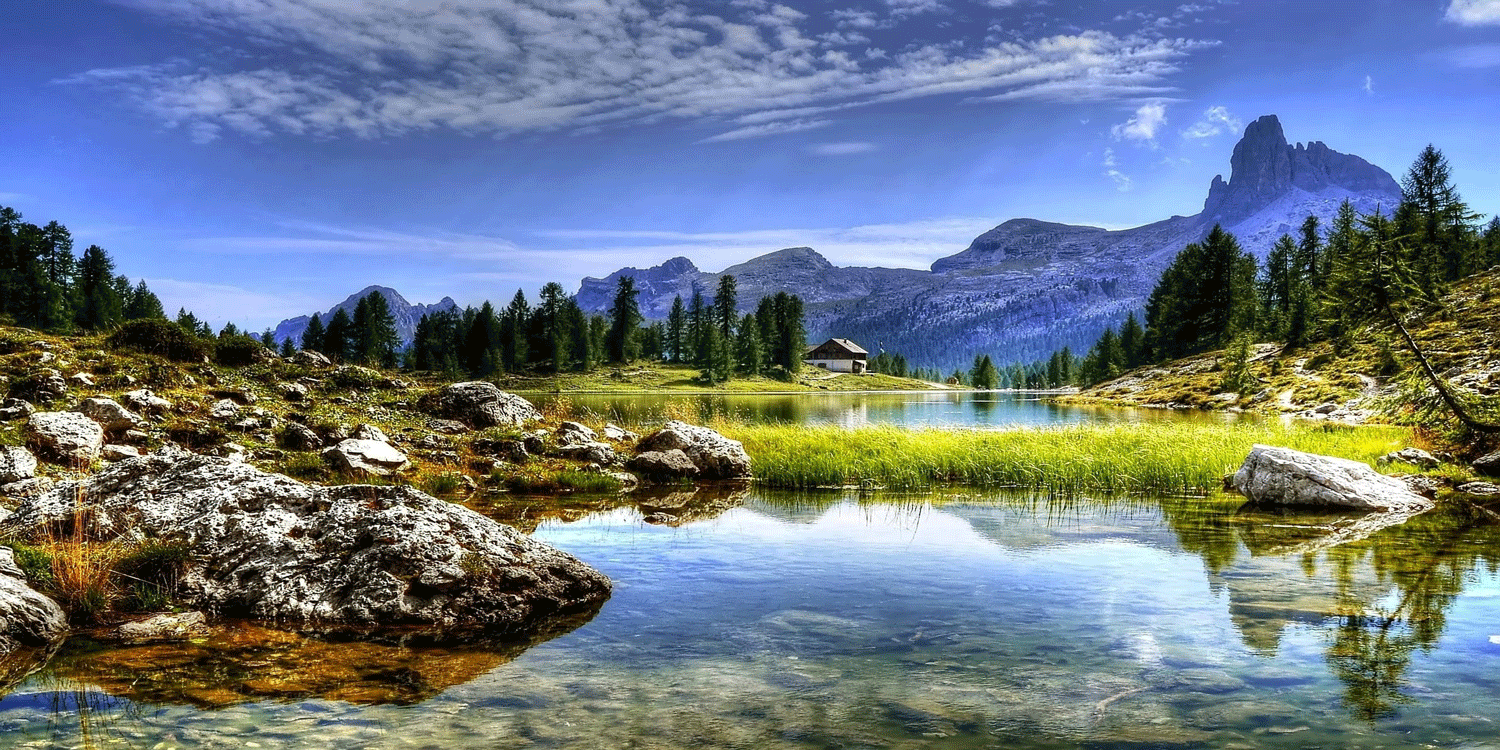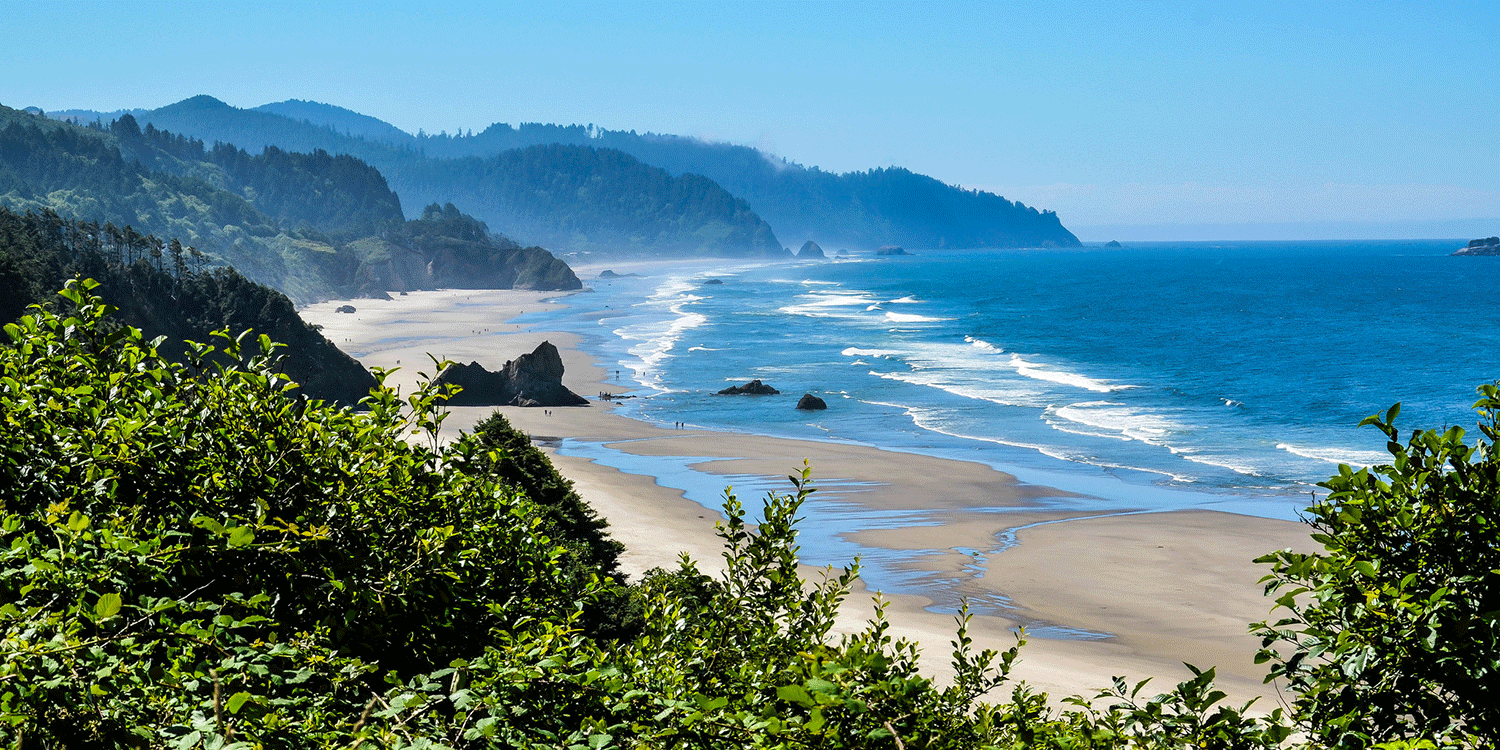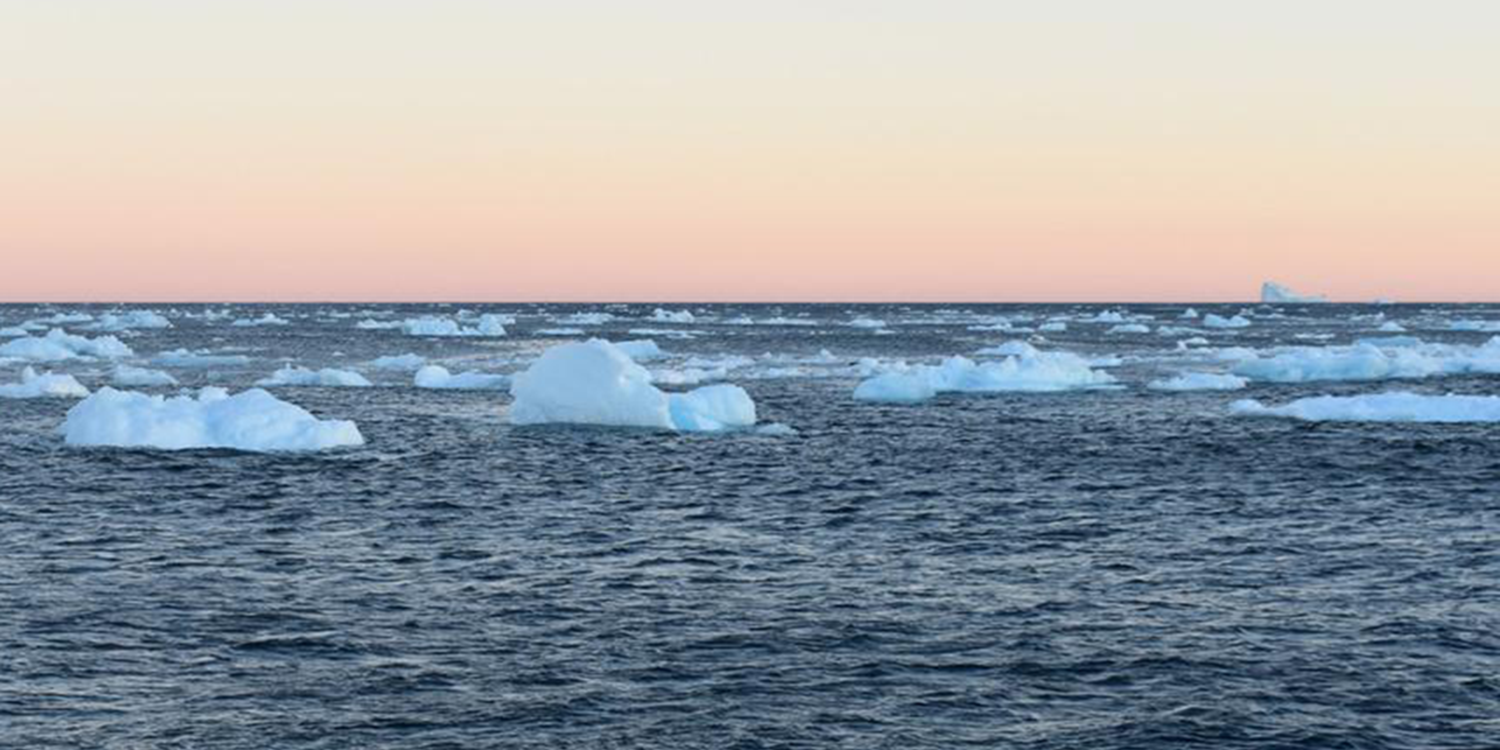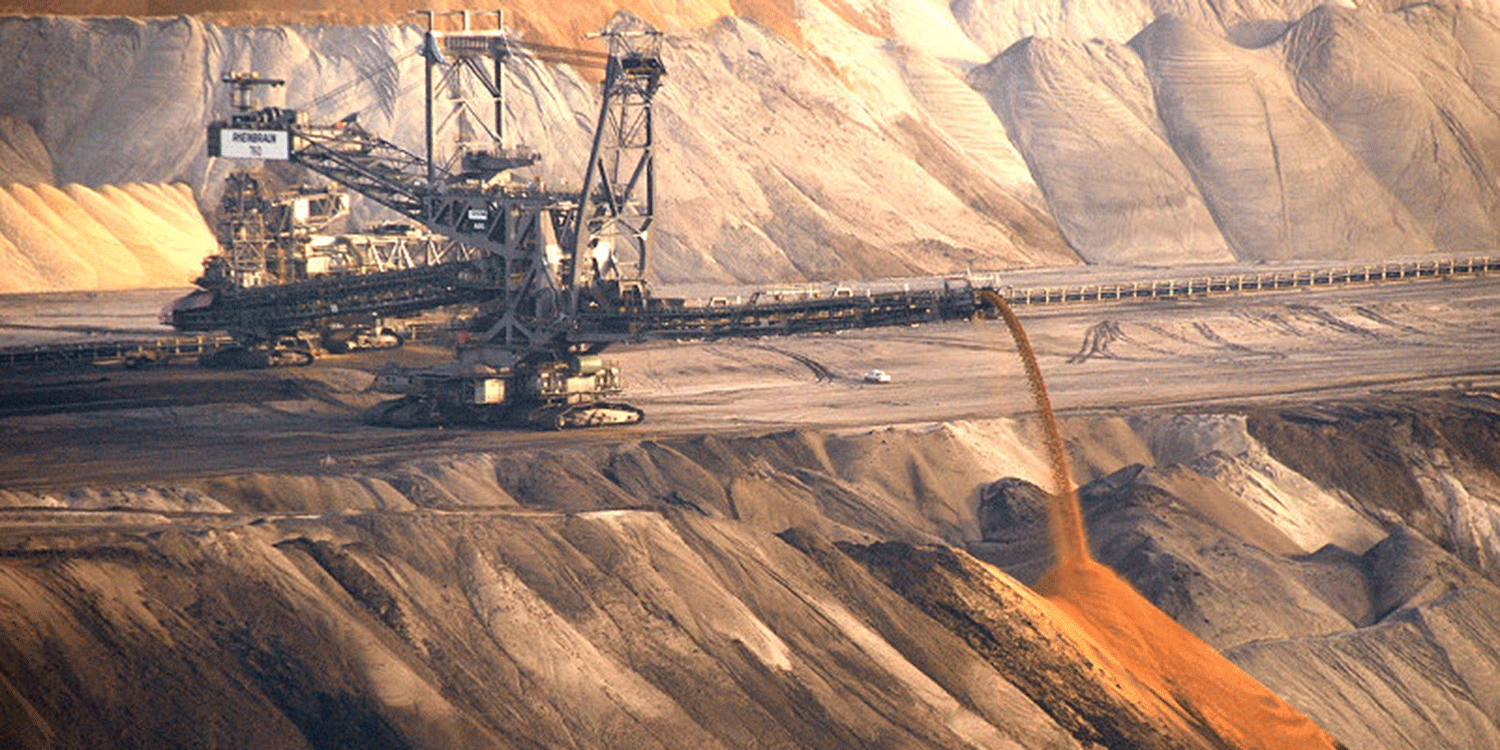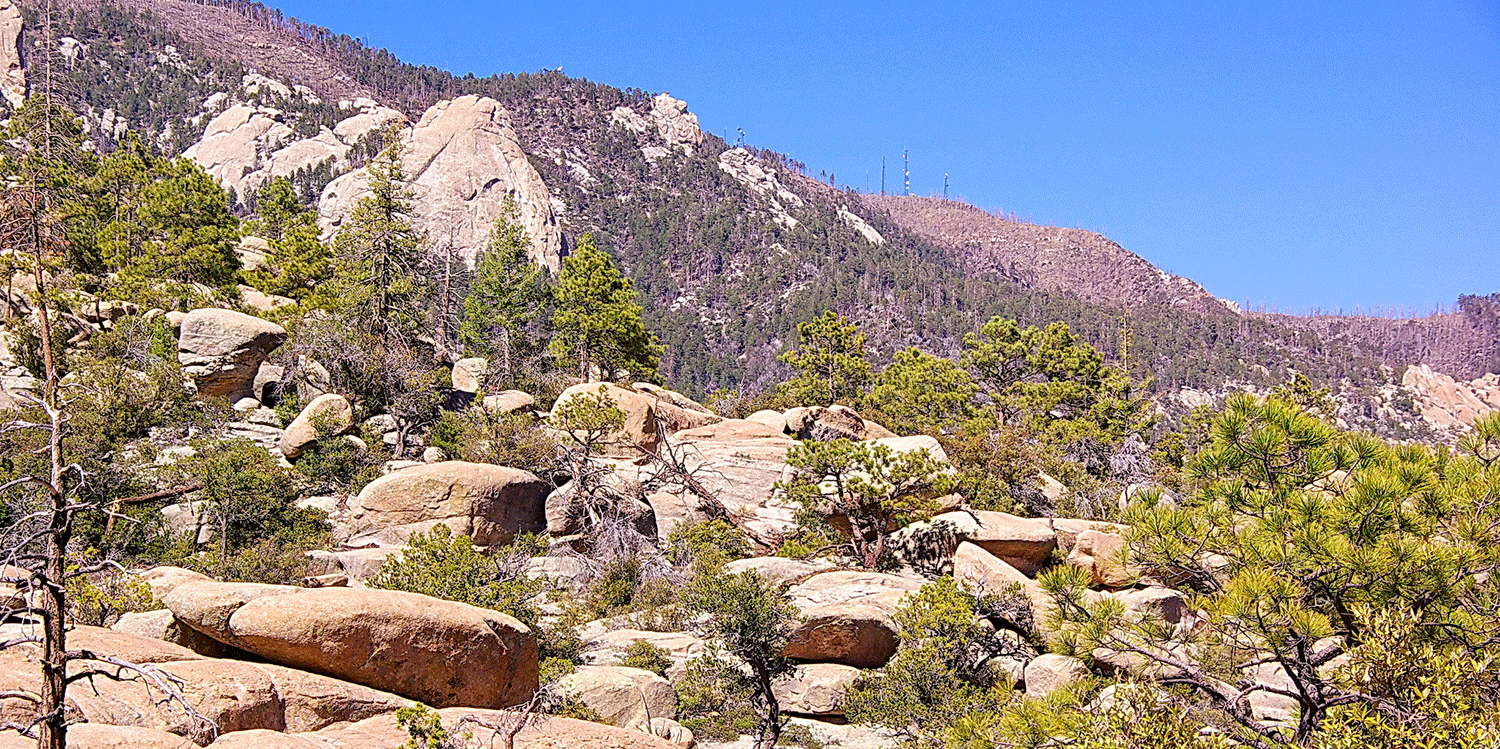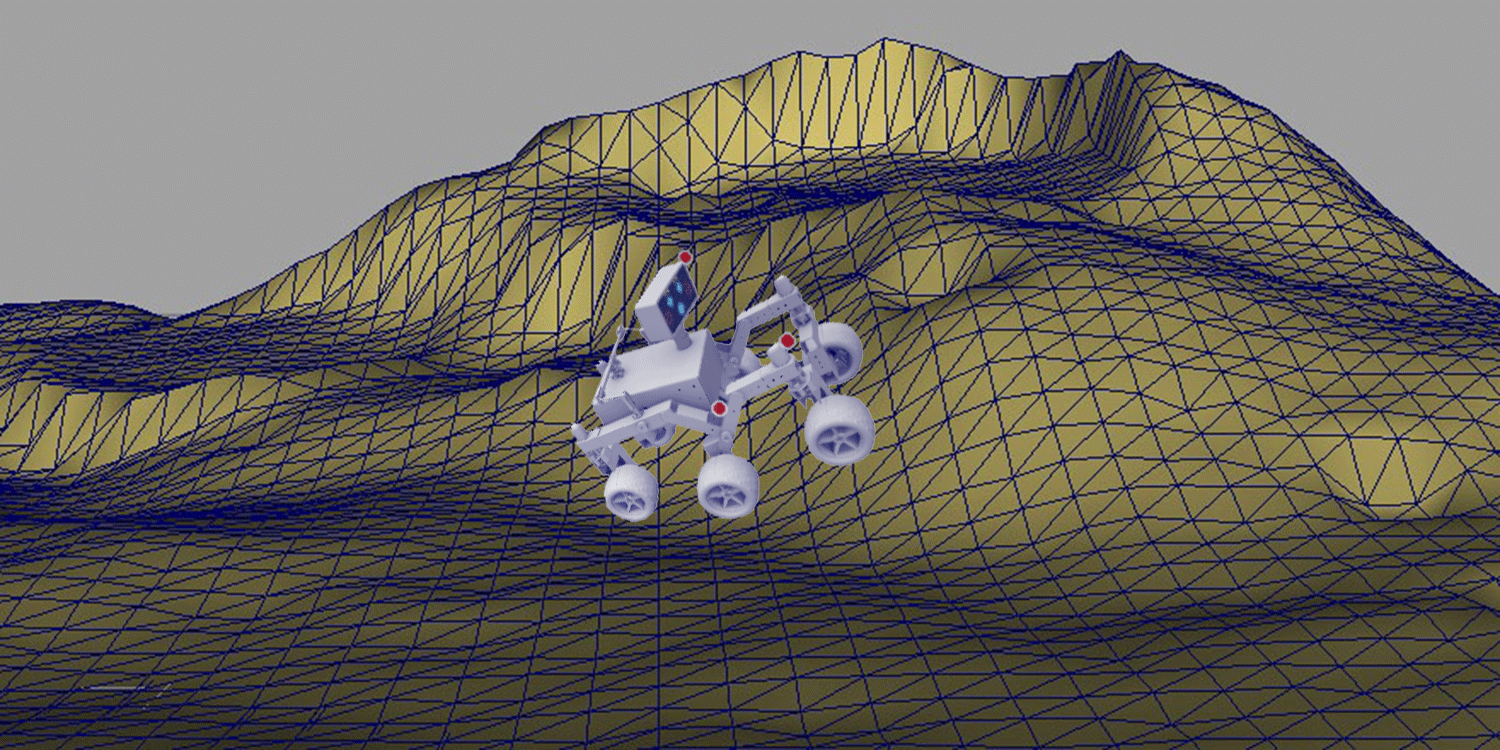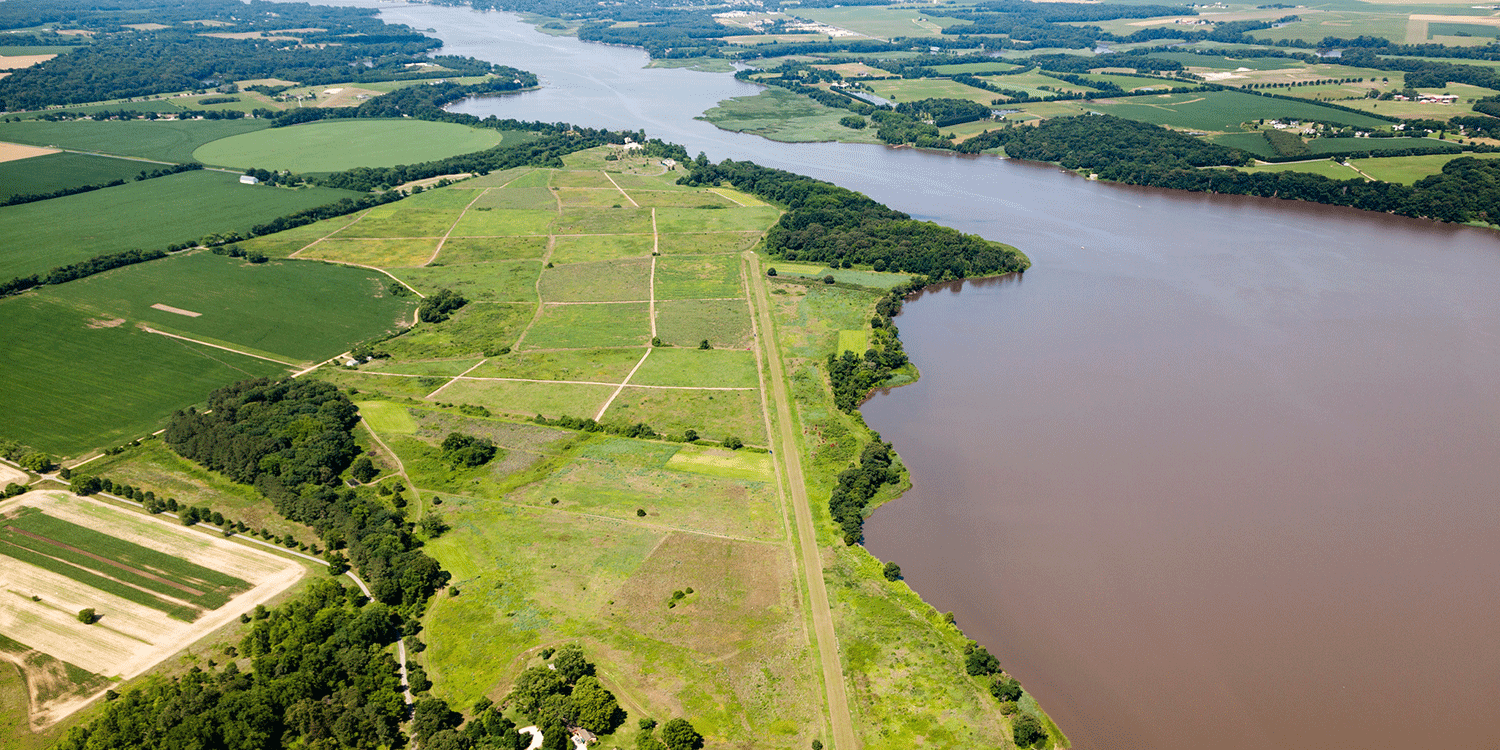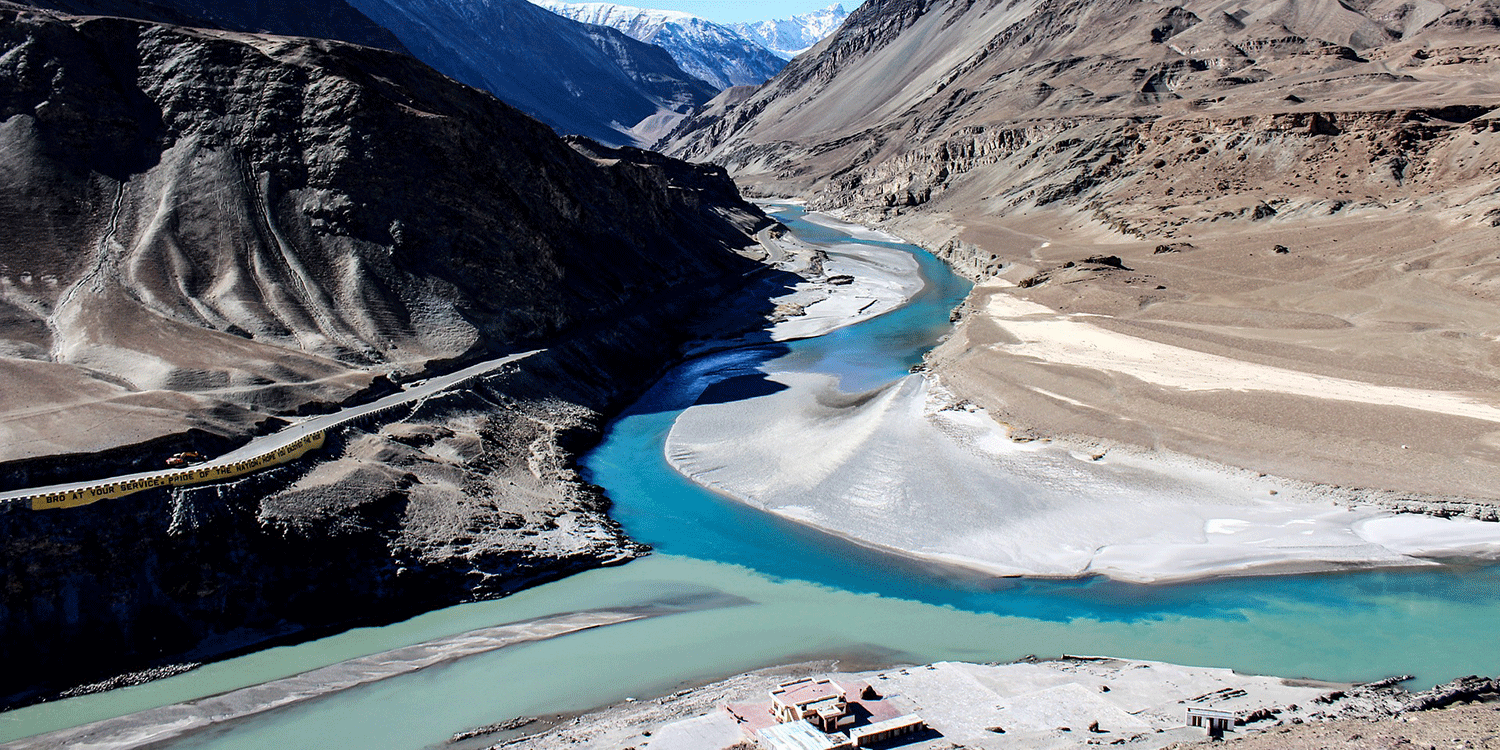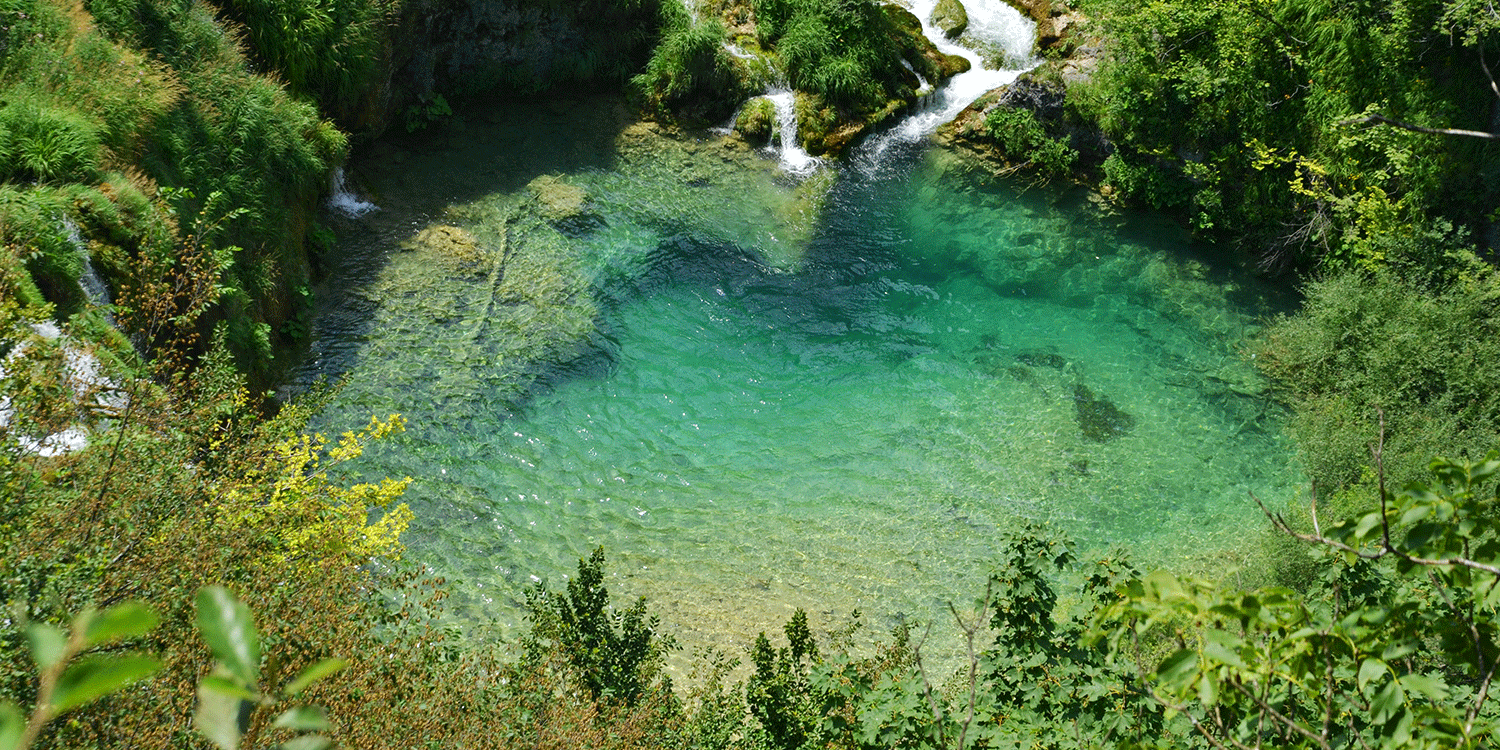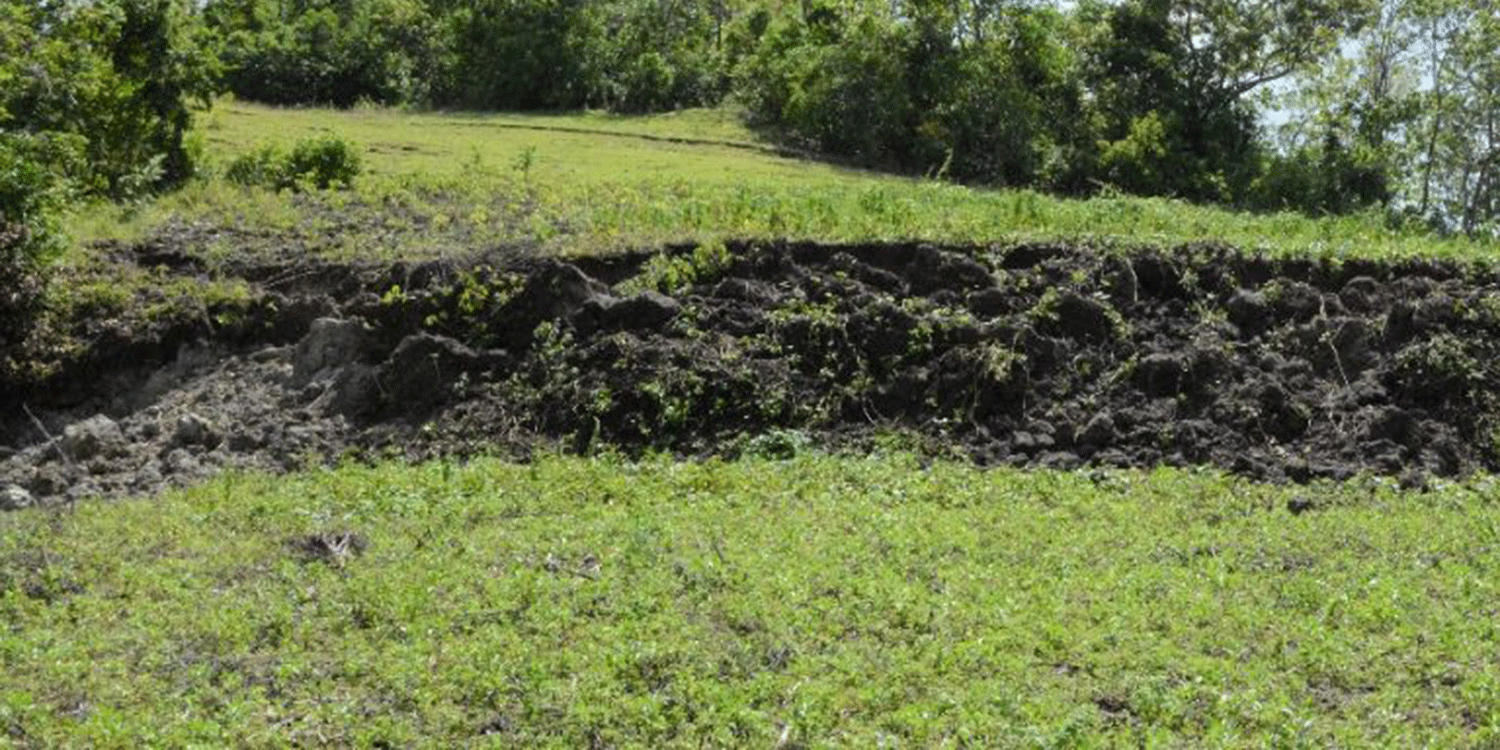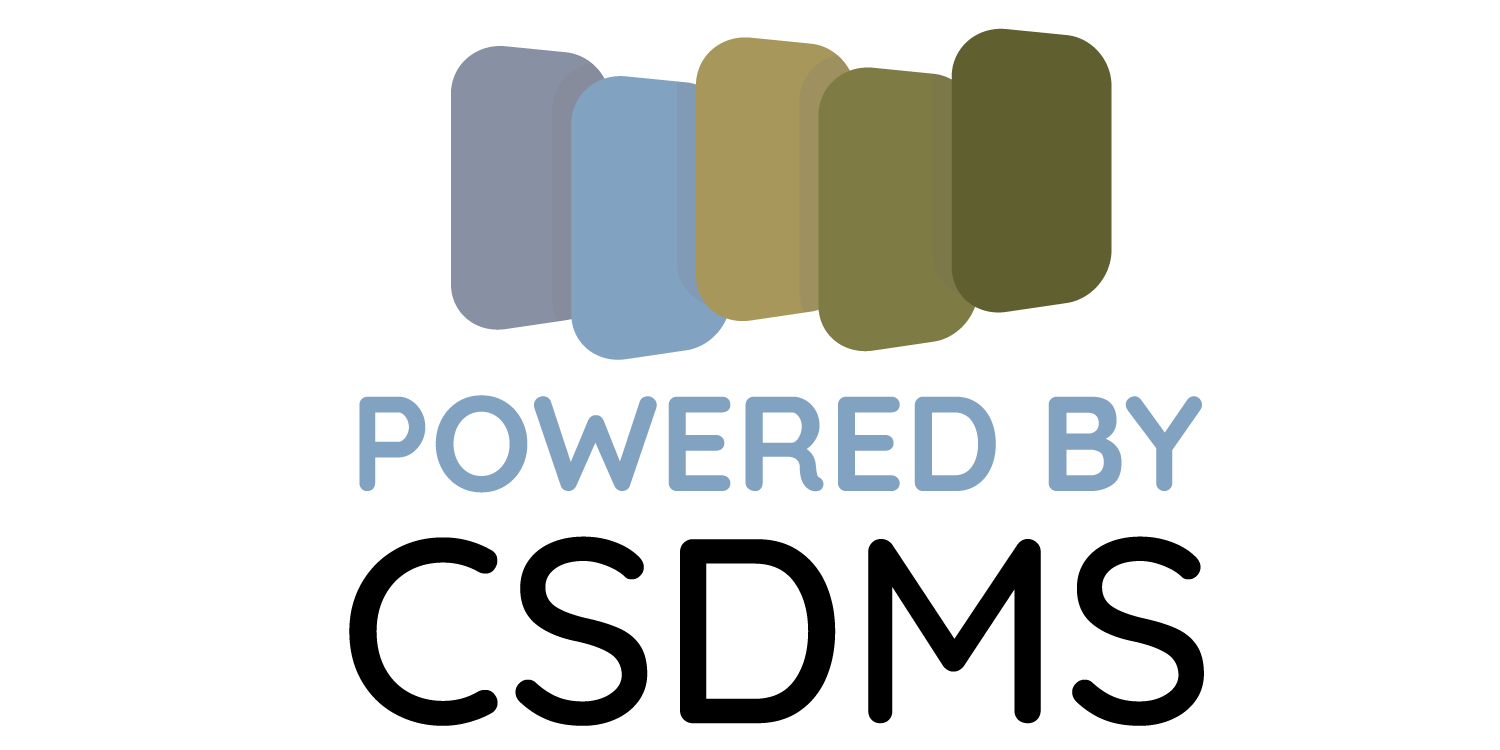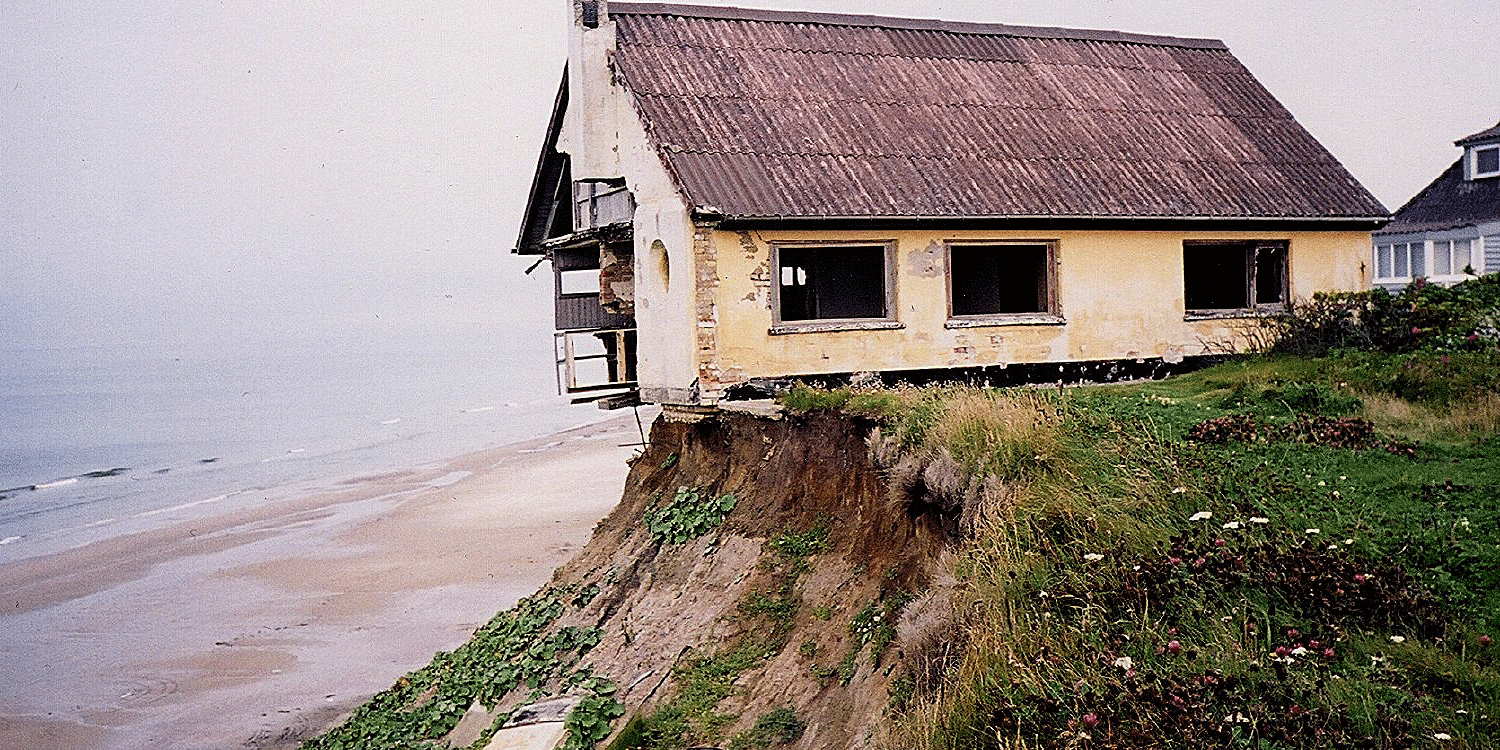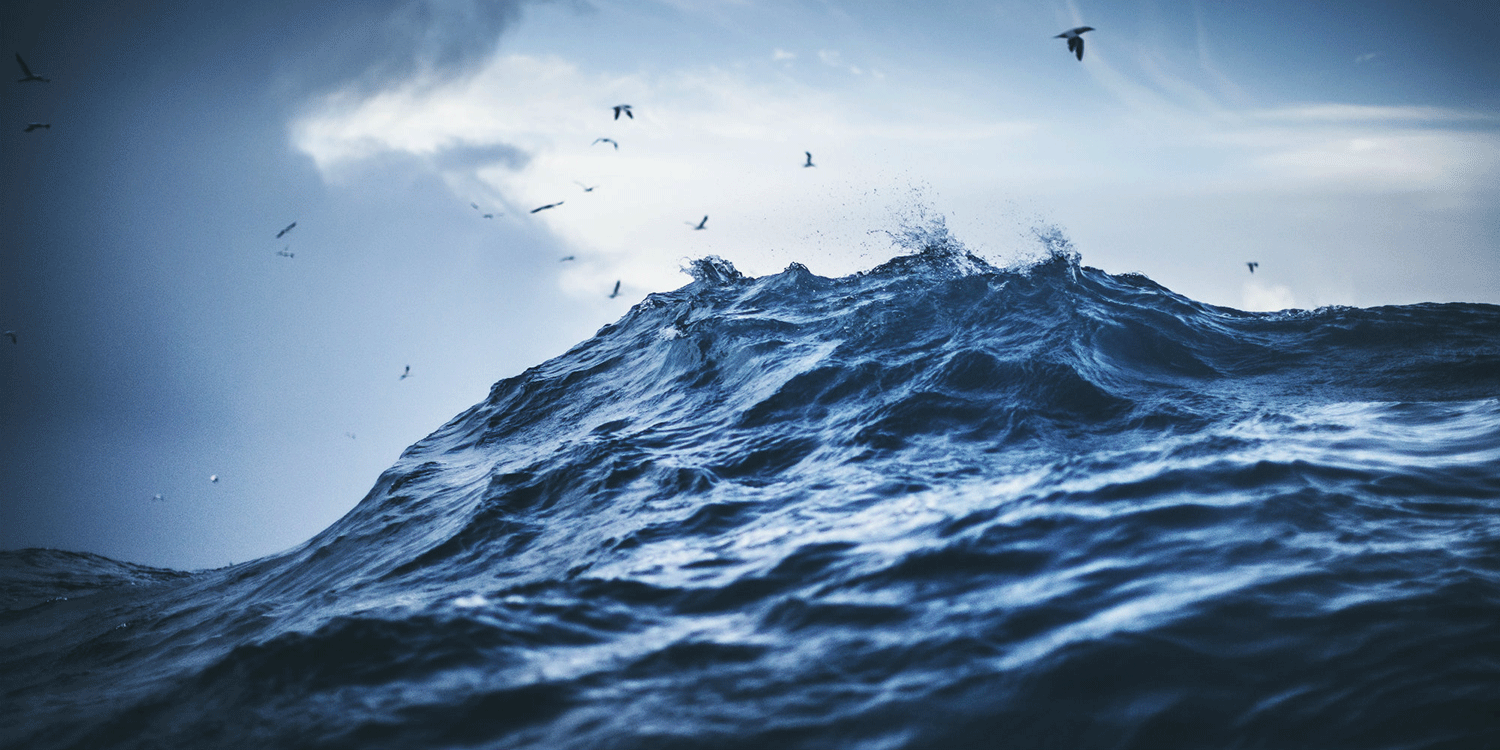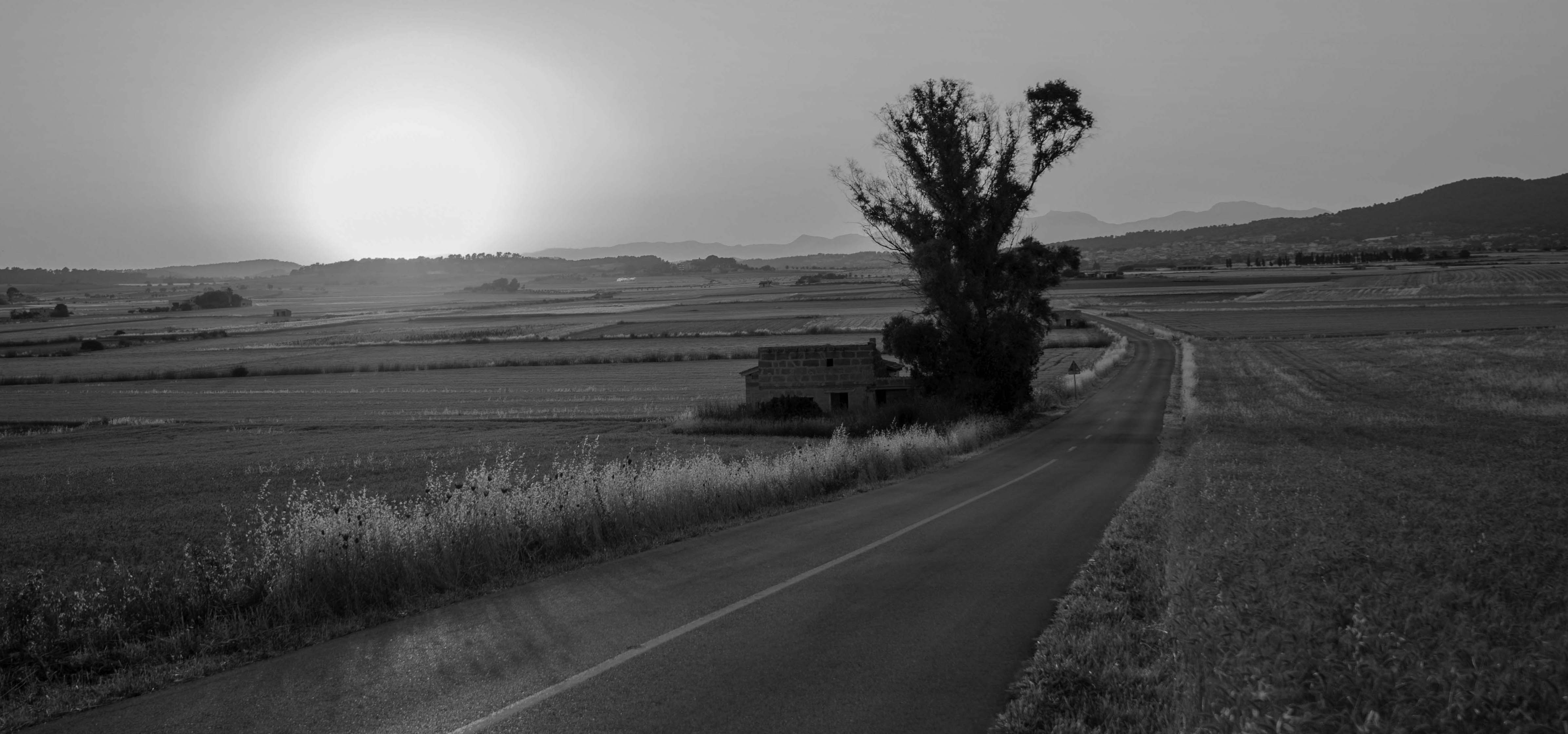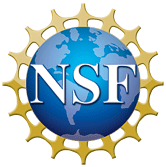Main Page
Explore Earth's surface with community software
Presentations and recordings are now available for CSDMS 2025 Annual Meeting keynotes, clinics and posters. Thank you all for participating in this annual event that was hold at Colorado University. More...
Nominate a science announcement
Open PhD Position Landslide Research at the University of Potsdam, Germany. Apply by 15 December. See also: csdms.colorado.edu/wiki/Jobs
Posted on: 2025-12-01
PhD position in snow hydrology at Laval University (Quebec City, Canada). See also: csdms.colorado.edu/wiki/Jobs
Posted on: 2025-11-27
PhD Opportunity in Hydrology and Water Resources Sustainability at UMass Boston (Fall 2026). See also: csdms.colorado.edu/wiki/Jobs
Posted on: 2025-11-21
Yes - DTN PhD Hydrogeology / Reservoir Engineering. LeedsUni / Sapienza. Apply by 7 January. See also: csdms.colorado.edu/wiki/Jobs
Posted on: 2025-11-21
Doctoral researcher position in alpine hydrology at the University of Freiburg, Germany. Apply by 14 December. See also: csdms.colorado.edu/wiki/Jobs
Posted on: 2025-11-20
Pathways: Last month I was invited to give a lecture on earth science to a group of 8th graders at a nearby middle school. I leaped at the chance. Although my day job is teaching university students, it’s not often I get to share science stories with kids at that awkward and magical threshold between childhood and adulthood. “Don’t be put off by their body .....



